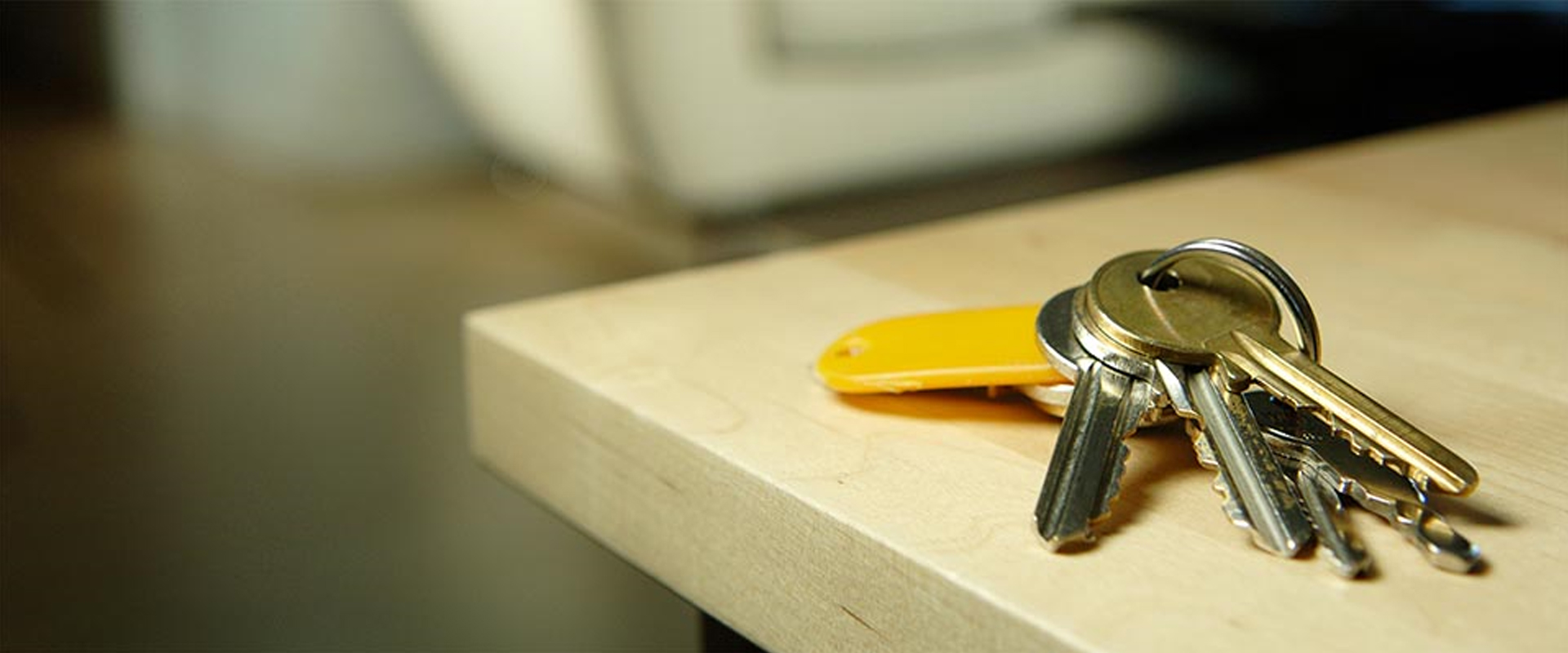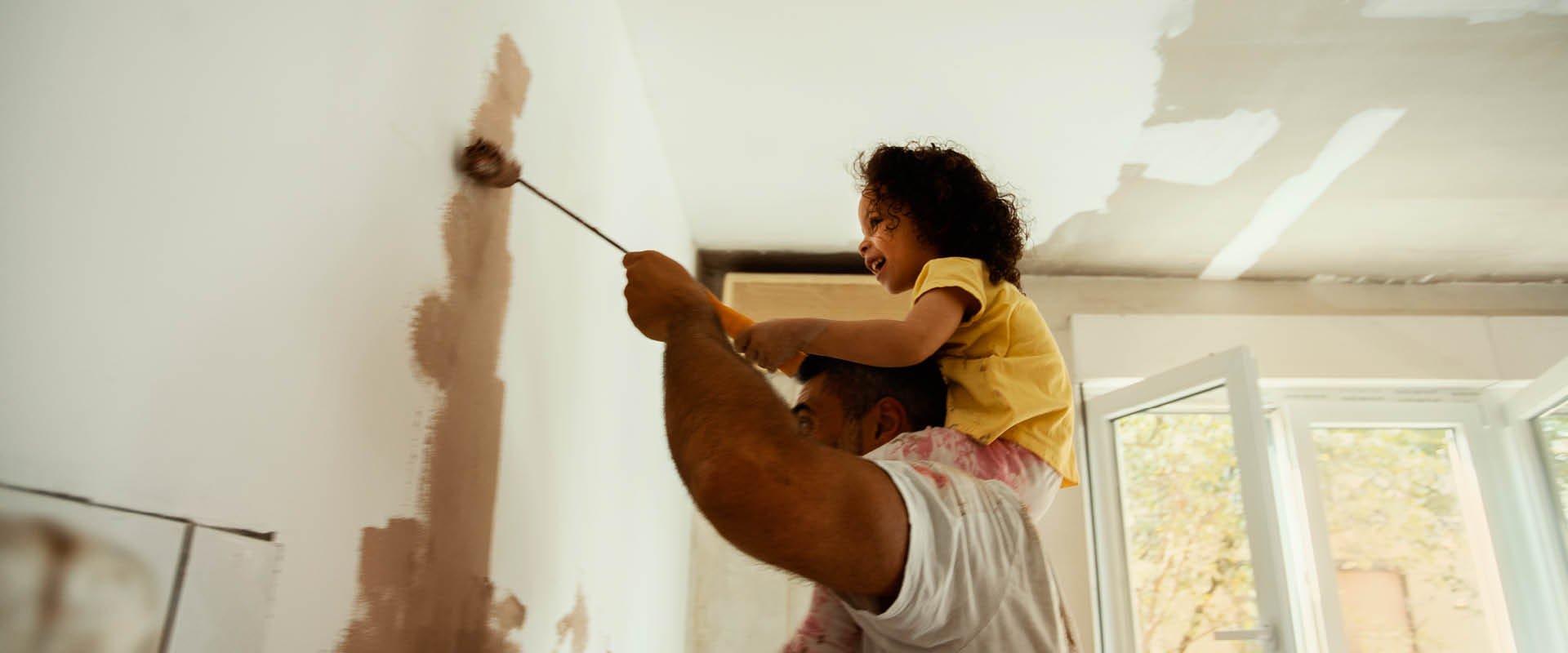
Your lease
Guidance on your rights and responsibilities as a leaseholder and the relationship with your landlord. This includes information about what goes into a lease and how to learn more about lease extensions.
Understanding your lease
When you bought your home, you would have signed a brand-new lease or been assigned an existing lease from the previous owner.
The lease is a legal document that explains your rights and responsibilities as a leaseholder (or lessee) and the relationship between you and your landlord – the freeholder (or lessor) of your home.
It’s important to know that we’re not always the freeholder of the homes we sell. For example, there are times when we buy a block of homes from a developer who retains the freehold of the entire development. We recommend checking your lease, so you know who the freeholder of your home is.
A lease can vary in length and run for up to 990 years. You can check how many years are left on your lease using the start date and length printed in the document.
As your lease gets shorter, its value decreases and may affect the price of your home when you come to sell. Learn more about lease extensions.
Your solicitor should have explained the main clauses within the lease before you bought your home.
However, we know that a lease can sometimes be a complicated document to read, so, if you have any questions your solicitor or our customer service centre will be happy to help you.
Information that goes into a lease
Your lease covers the following topics:
- your responsibilities in terms of service charges, rent, ground rent and insurance payments
- how to sell your home
- who is responsible for what in terms of maintenance of your home
- what home improvements you can and cannot make without our permission
- whether you can sublet your home
- how much the rent charges will increase by and when if you're a shared owner
- how to buy more shares in your home if you're a shared owner
A plan may be attached to your lease which shows the boundaries of your home, any car parking spaces and the fences and walls you are responsible for maintaining.
Your lease also contains all legally binding responsibilities for both parties.
- Your responsibilities as a leaseholder
- you must pay your rent, service charges and ground rent as set out in your lease
- you must not carry out major alterations to your home without our permission
- you must not cause a nuisance or annoy your neighbours
- you must keep your home in good condition inside and out if you have a house and inside if you have an apartment
- you must get permission from us to keep a pet, fit wooden flooring or fit a satellite dish if you live in an apartment
- Our responsibilities as the freeholder
- we must keep your home insured
- we must consult you about repairs to any shared or communal areas that will cost more than £250 (including VAT) for each home
- we must consult you about any service contracts that last longer than a year, and that will cost more than £100 (including VAT) per year for each home
- we must keep the outside of apartment blocks and communal areas in good condition
- we must provide audited service-charge accounts where we provide services
- we must not unreasonably refuse you permission for improvements or alterations to your home
Making changes to your lease
You may be able to change the conditions within your lease via a Deed of Variation.
Learn more by emailing our Lease Enquiries team.
Requesting a copy of your lease
You will have been given a copy of your lease when you bought your home.
If you no longer have the original document and need to request a new copy, please contact our customer service centre.
Help with your lease
You can get information about owning a leasehold property from the Institute of Residential Property Management.
Lease Advice also offers impartial advice and guidance on a range of leasehold matters.
Related content

Extending your lease
